[…]
U.S. Botanic Garden Update: Partnership Rediscovers Extinct Oak
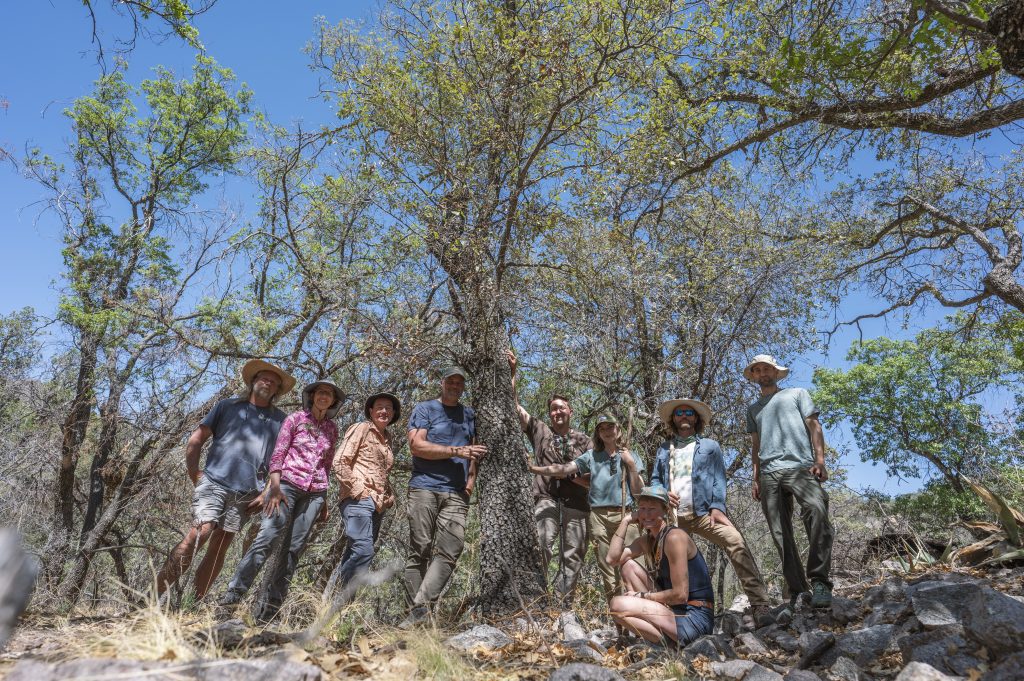

[…]
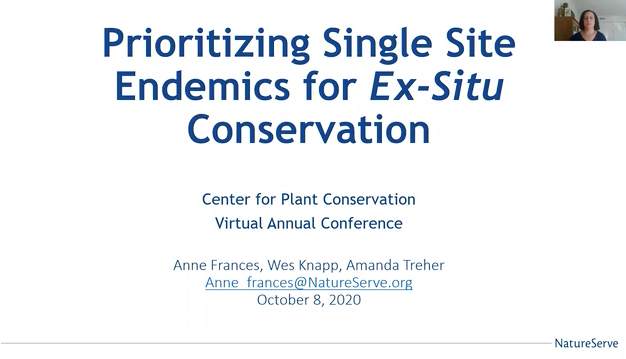
Anne Frances, NatureServe; Amanda Treher, NatureServe; Wesley Knapp, North Carolina Natural Heritage Program Plants that occur in only one to few locations globally are most at-risk of extinction. Research on the extinct plants of North America shows that 64% of extinct plants were known from one site. Single site endemics generally face higher threats than plants […]
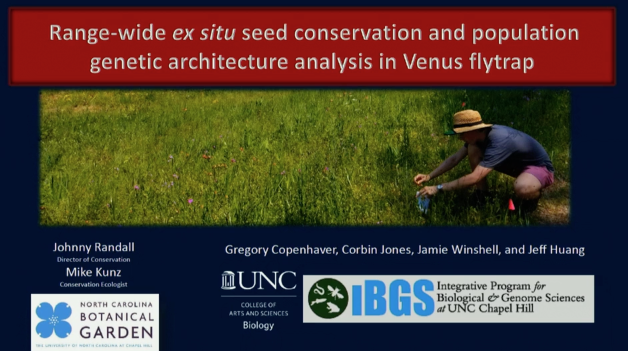
Dr. Johnny Randall, North Carolina Botanical Garden The infamous Venus flytrap, Dionaea muscipula, found across North Carolina and into South Carolina, has been seen to be declining in recent years. It is currently under review for federal listing, is ranked G2 on NatureServe, and considered vulnerable by RedList. Threats to this charismatic plant include poaching, […]
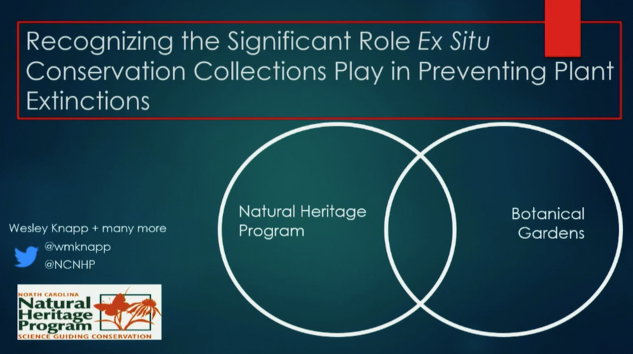
Wesley M. Knapp, North Carolina Natural Heritage Program Preventing extinction is the lowest bar for conservation success we can set and the roll of ex situ conservation efforts in preventing extinction is becoming more significant. Continued work to document the extinct plants of North America north of Mexico has resulted in the discovery that up […]
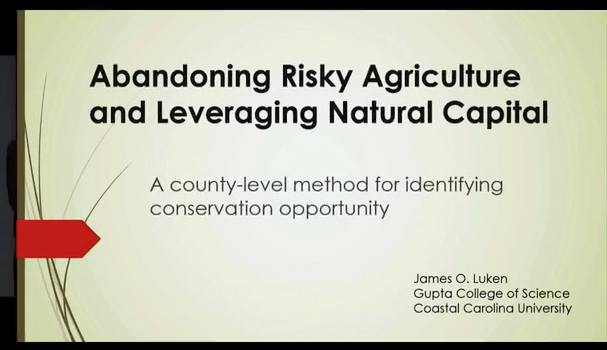
Dr. James Luken, College of Science, Coastal Carolina University Marginal land now devoted to growing harvested crops may be better suited to other land uses such as biodiversity enhancement and carbon sequestration. However, farmers are not encouraged to explore the development of these opportunities due largely to subsidized federal crop insurance (FCI). This study examined […]

Amy Jenkins, Florida Natural Areas Inventory Chad Anderson, Florida Natural Areas Inventory Jason Drake, United States Forest Service Understanding the historic conditions and habitats in a region is a vital first step to planning restoration and management activities. With our partners, US Forest Service, Florida Forest Service, and the Florida Fish and Wildlife Conservation Commission, […]
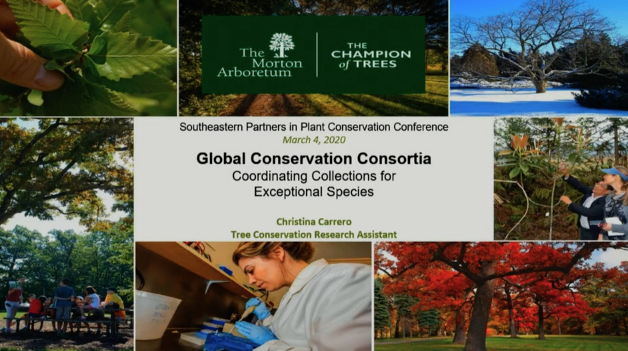
Christina Carrero, The Morton Arboretum, Emily Coffey, Atlanta Botanical Garden, Patrick Griffith, Montgomery Botanical Center A 2019 study by Griffith, et al. showed that gardens must collaborate to conserve genetic diversity, especially for exceptional species whose seeds cannot be properly seed banked. This process of capturing the genetic diversity of exceptional species in ex situ […]
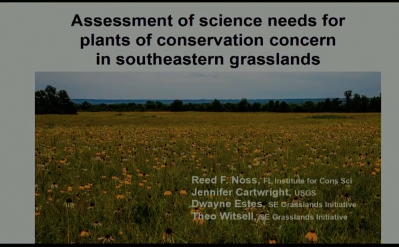
Dr. Reed Noss, Southeastern Grasslands Initiative, Florida Institute for Conservation Science and Southeastern Grasslands Initiative (Contractor) Jennifer Cartwright, U.S. Geological Survey Dwayne Estes, Southeastern Grasslands Initiative Theo Witsell, Southeastern Grasslands Initiative Grasslands of the southeastern United States are considered “endangered ecosystems,” with many grassland types having been reduced by more than 90% since European settlement […]
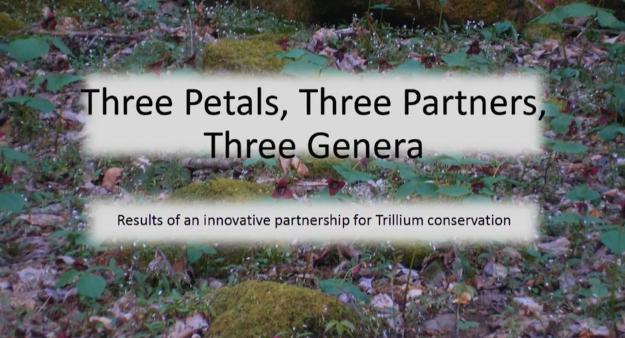
Clayton Meredith, ABQ Bio-Park In a partnership between the IUCN Species Survival Commission (IUCN SSC), NatureServe, and ABQ BioPark, conservation status assessments and comprehensive species action plans are being developed for select medicinal plant taxa. This effort is part of a larger collaboration between zoos, gardens, and aquaria and the IUCN SSC, which aims to […]